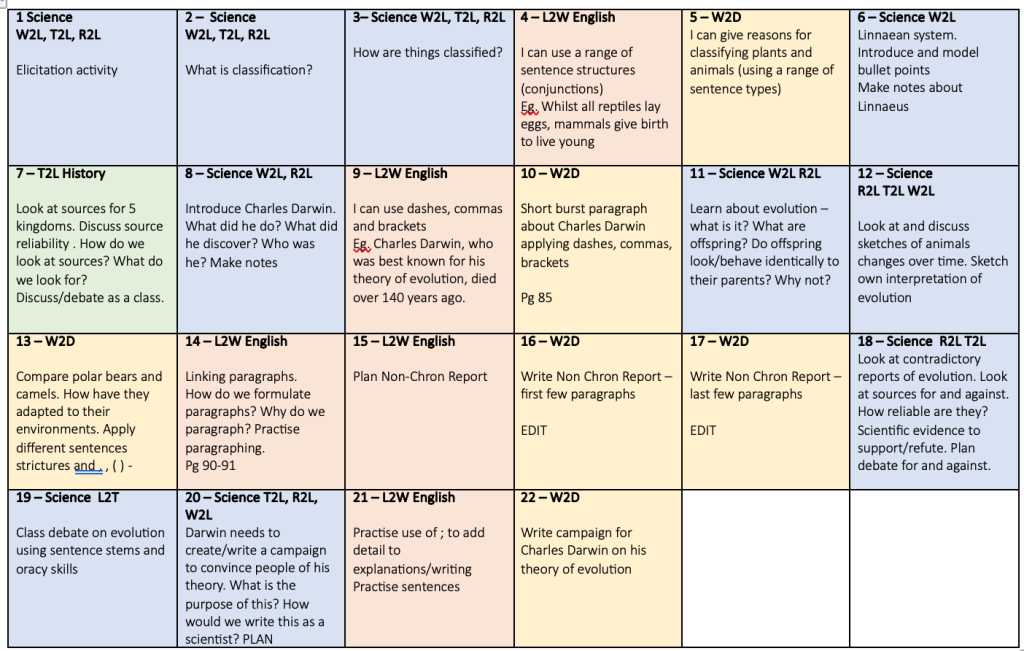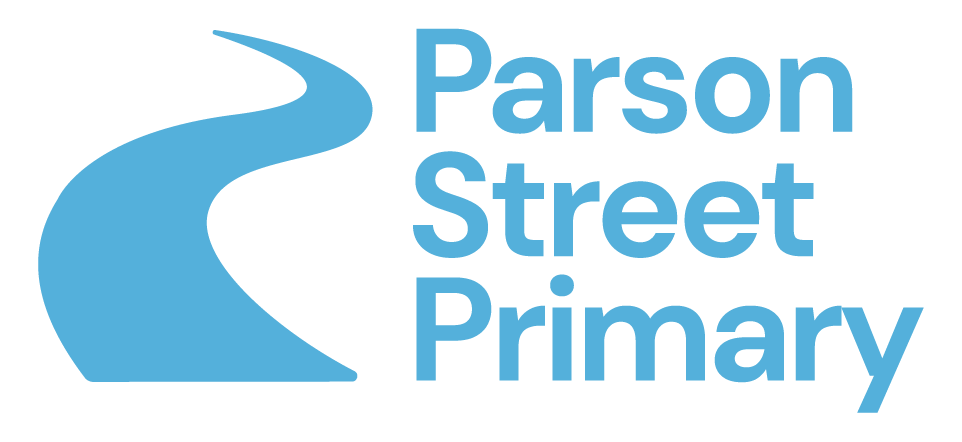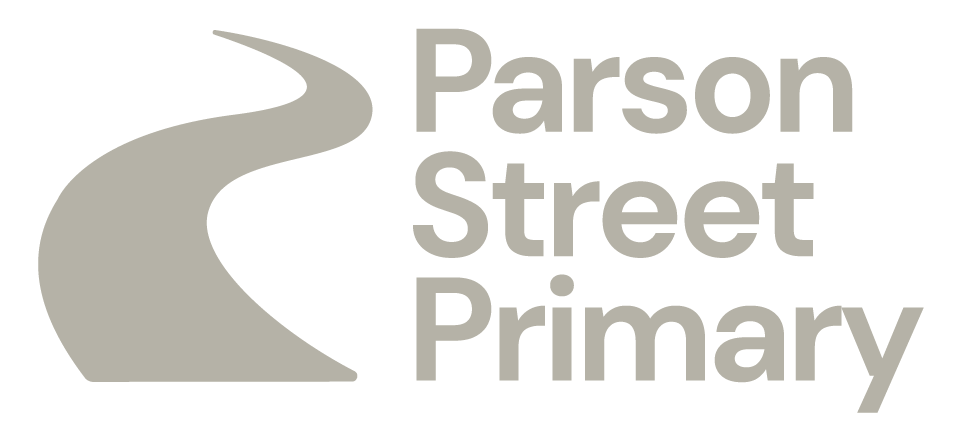At Parson Street Primary School, we believe that the ability to communicate confidently and competently is fundamental in enabling children to access every opportunity in life.
Through explicit teaching and exposure to a wealth of experiences, genres and forms of communication, our children learn how to be authors: to express themselves, unlock their creativity and how to understand and be understood in a range of contexts. They leave our school with the tools, confidence and inspiration they need to make their own mark on the world.
Please find our writing overview here
Fiction Writing
All of our fiction units are planned following a three-phase structure. This process enables children to fully immerse in a text, practise fundamental skills and techniques, and to create a final piece of writing. All of our curriculum has been designed to provide children with cultural capital and ensure that all children can achieve success. A fundamental part of our writing process is the use of immersion days, vocabulary mats and visual stimulus to ensure that all children can access the texts; irrespective of background or prior attainment.
For more details of our unit structure, please see the document below.
All of our fiction units are based on or inspired by a key text. These texts have been carefully selected from the school Reading Spines to ensure a variety of genres, text types, styles of writing and authors. You can see our full reading spines over on our reading page! Each text has been chosen for its high quality vocabulary and ranges of sentence structure. Texts are thoroughly explored within the immersion phase of our unit. The texts used for our writing units at Parson Street are listed below.
Each text is used to write a ‘Model of Excellence’. This may be based on, or inspired by the key text and includes stylistic features, vocabulary examples and objectives from the curriculum which children will need to develop and master throughout the unit. As a school, we believe in the importance of showing children examples of what they are aiming for. In order to achieve success, it must first be studied and modelled.
Each MOE is broken into sections to support children in their understanding of how a story/plot develops. When children come to write their own stories, the same structure is used.
Some of our ‘Models of Excellence’ are included below. These are a sample from a variety of year groups.
It would be impossible to show you our writing at Parson Street without emphasising the importance we place on vocabulary acquisition.
With each English unit comes a vocabulary mat, brimming with both familiar and aspirational vocabulary to children to explore, learn and use within their own writing. Specific lessons are dedicated to the exploration of this vocabulary and the mats are used as working documents so that all children have access to high quality vocabulary. On the reverse of each vocabulary mat are a variety of visual stimuli to support children’s writing. This is considered an important scaffold in the school and prevents limited life experiences stopping children writing high quality, descriptive extracts. Take a look at some of our vocabulary mats below.
Non-Fiction
At Parson Street, we passionately believe that writing should be purposeful.
We embed our teaching of non-fiction reading and writing into the subject domains through an enquiry approach. This enables our children to communicate their thoughts and ideas effectively as they take on different subject states of being. while learning to write ‘as a historian’ and ‘as a scientist’.
Our enquiry units utilise both English and Enquiry lessons in order to maximise the time dedicated to this process. Within the unit, children will have lessons dedicated to the wider curriculum subjects (history, science, geography) in addition to lessons looking at specific writing objectives needed to effectively write within these disciplines. Children then have opportunities throughout to demonstrate both their science/geography/history knowledge in addition to the English skills they have developed.
See an example of this structure below.


